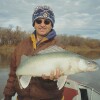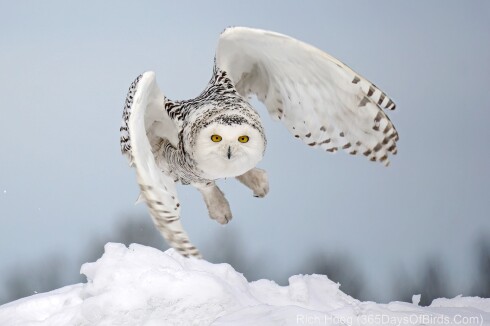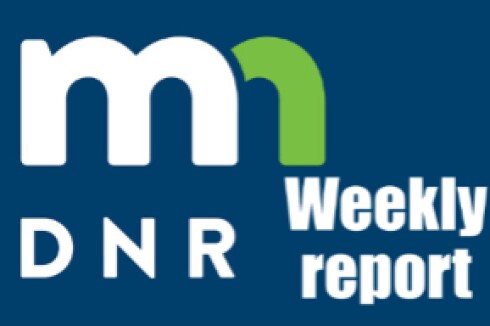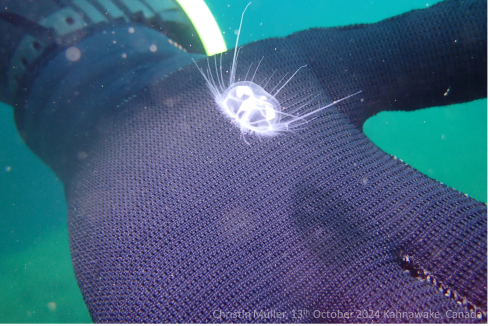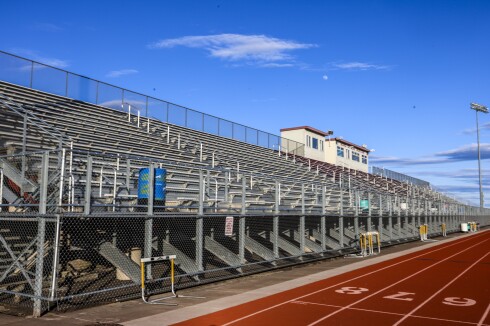Elk numbers in northwest Minnesota and adjacent areas of southern Manitoba this winter are similar to down slightly compared with 2023, the Department of Natural Resources said in reporting results from its aerial winter elk survey.
According to Kelsie LaSharr, elk coordinator for the DNR in St. Paul, crews tallied 75 elk – 63 antlerless animals and 12 bulls – in the Kittson Central herd near Lancaster, Minnesota, during the Jan. 5-7 survey. The total number is unchanged from 2023, when survey crews counted 75 elk – 50 antlerless and 25 bulls – in the Kittson Central herd.
ADVERTISEMENT
The DNR didn’t fly the survey in 2024 because there wasn’t enough snow on the ground to accurately spot the animals from the air.
In the Caribou-Vita survey block, the DNR counted zero elk on the Minnesota side of the border and 134 elk – 128 antlerless and six bulls – in Manitoba. The Caribou-Vita elk herd routinely ranges between the Caribou Township area in northeast Kittson County and Vita, Manitoba, in the southeast part of the province.
The Caribou-Vita count was down from 2023, when crews tallied 227 elk – 96 in Minnesota and 131 in Manitoba – but the DNR only surveyed the first 4¾ miles in Canada this year, LaSharr said, an area that represents about 25% of the Manitoba survey block.
In addition to surveying a smaller area, they also flew fewer days this year.
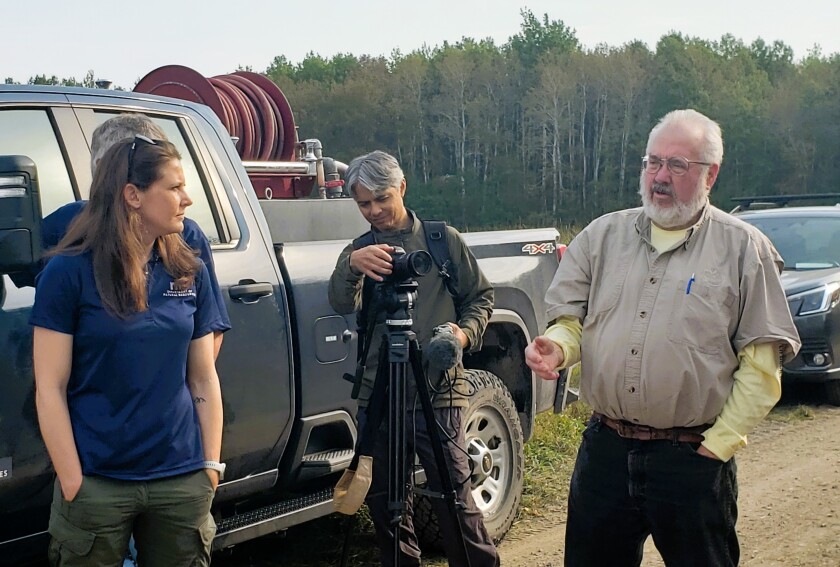
“We had mechanical issues with the aircraft, in addition to inclement weather,” LaSharr said. “This prevented us from finishing the survey. We do not intend to repeat this survey this spring, given we have the information we need about animals that are right on the border.”
The third northwest Minnesota elk herd is near Grygla, where crews counted 24 elk – 18 antlerless and six bulls – down from 29 in 2023, when the survey tallied 18 antlerless elk and 11 bulls.
As part of the winter elk count, the DNR flies one-fifth mile transects, and the survey blocks are relatively consistent from year to year. As in 2023, the DNR coordinated with Manitoba to fly the Canadian side of the Caribou-Vita survey block. The DNR used two Cessna 185 fixed-wing aircraft, with two observers and a pilot in each plane, to fly the survey blocks, LaSharr said.
ADVERTISEMENT
They also expanded the Kittson Central survey block slightly this year, extending the count area a “sliver” to the Manitoba border, according to Doug Franke, area wildlife supervisor for the DNR in Thief River Falls and a veteran survey participant.
“These elk always seem to know where we’re flying, and over the years, they’ve skirted the edges more and more, so we want to make sure we’re covering where they frequent the most,” Franke said.
“Visibility was excellent, considering snow conditions were marginal,” Franke added. “But as far as what we needed, it was fine.”
The DNR plans to launch a multi-year study of northwest Minnesota’s elk herd later this winter in an effort to build on information from a 2016-18 research project. As part of the study, the DNR will contract with a helicopter crew that specializes in aerial capture to catch and collar up to 25 cows and 15 bulls each during the winters of 2025 and 2026, for a total of 80 adult elk.
The DNR also is working with the Fond du Lac Band of Lake Superior Chippewa, in coordination with other tribal entities, local governments, landowners and other stakeholders, to restore elk populations in northeast Minnesota.
As part of that effort, project partners plan to move 100 to 150 elk from northwest Minnesota in small increments over several years. The effort to establish elk in the northeast is considered a restoration because tens of thousands of elk historically lived throughout most of Minnesota, the DNR said.
A public engagement process on the northeast restoration is now underway. Through Feb. 28, the DNR and the Fond du Lac Band are seeking public input on the scope of the elk restoration and management plan. The input process includes a virtual public meeting from 6 to 8 p.m. Monday, Feb. 10, which can be accessed at
mndnr.gov/elk,
and an in-person meeting set for 6 to 8 p.m. Thursday, Feb. 13, at Fond du Lac Tribal and Community College, Room 195, 2101 14th St., Cloquet, Minnesota.
ADVERTISEMENT
- On the web:
For additional information on elk in Minnesota, check out the DNR elk management webpage at mndnr.gov/elk .


